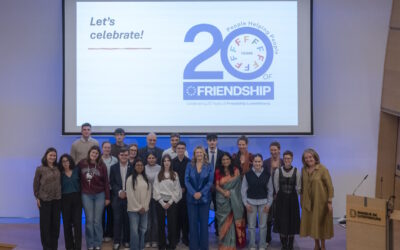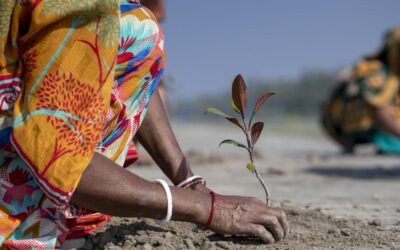Friendship Mangrove Afforestation Programme Shared at IUCN Conference
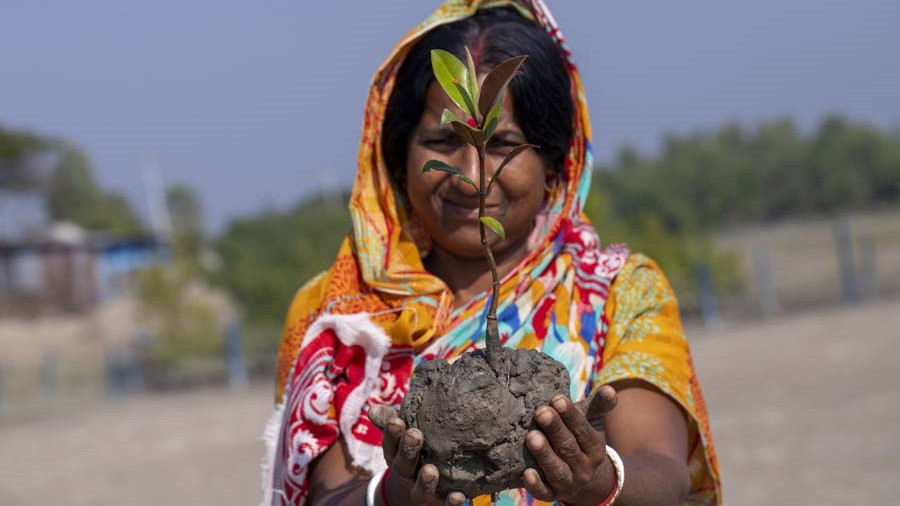
by Iffat Ara Sharmeen,
September 17, 2024
The 8th IUCN Asia Regional Conservation Forum recently concluded in Bangkok, Thailand, bringing together 650 participating organisations from around the world. Friendship founder Runa Khan joined the three-day event representing Bangladesh, and shared Friendship’s ongoing conservation work in mangrove afforestation work in the Sundarbans.
United for Nature
The International Union for Conservation of Nature (IUCN) has been working for over 75 years to undo damage to biodiversity, roping in scientists, governments, environment experts, civil society, and policymakers in the process to ensure conservation. The 8th IUCN Asia Regional Conservation Forum brought along these groups to discuss the current developments in conservation in Asia.
During the event, participants highlighted the importance of engaging with broader environmental and development sectors along with private companies to enhance governance and local communities’ livelihoods without harming local biodiversity. Water and wetlands conservation that balances the needs of people and nature, transforming agri-food systems, and nature-based solutions were given special attention.
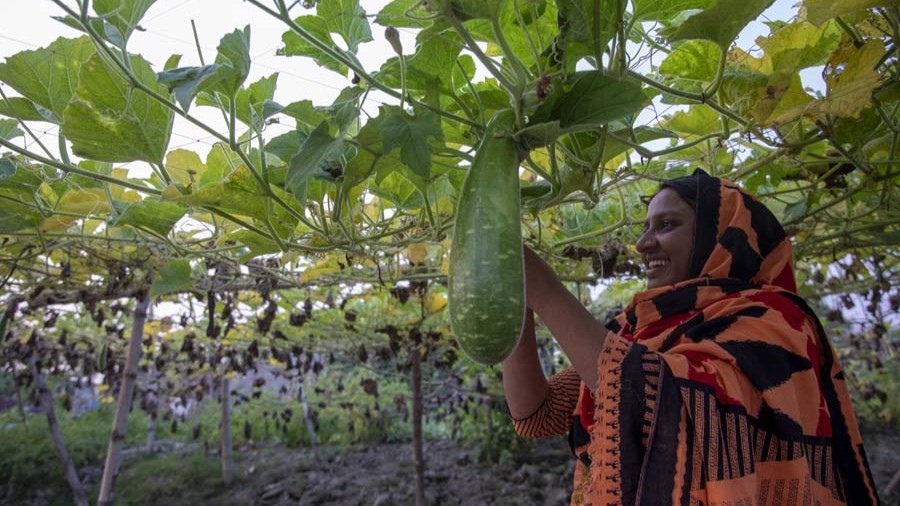
Friendship’s Conservation Efforts in the Sundarbans
Being a state member of IUCN, the Bangladesh government teamed up with IUCN and adopted several conservation measures in the country, one of them being in the Sundarbans led by Friendship. Friendship currently runs the largest privately-owned mangrove plantation in Satkhira Sundarbans, in the subdistricts Shyamnagar and Assasuni.
The goal of this 200-hectares plantation is to conserve mangroves and restore the lost ecosystems and biodiversity of the Sundarbans. The restored mangroves help reduce land degradation and protect the embankments from natural disasters. Friendship teamed up with local communities to raise awareness about the forest restoration benefits and trained the rural poor so that they can avail employment opportunities and alternative sources of income through the forest. Friendship’s sprawling mangrove plantation used six types of sapling species to build the plantation – Baen, Keora, Khulshi, Kankra, Golpata, and Goran.

An Innovative Nature-based Solution for Climate Action
Friendship Mangrove Plantation follows a community-based approach. Groups are formed from the community who devise social maps and select forest caretakers. Caretakers and community group members work together to manage and protect the nursery and plantation. There are 12 mangrove nurseries, which have raised 926,388 saplings so far. 600,000 saplings have been transplanted into the plantation. This programme complies with the IUCN Global Standard for Nature-based Solutions (NbS).
The local community participate in climate adaptive livelihood initiatives such as vegetable cultivation, developing compost pits, crab farming, duck farming, and preparing cattle fodder. This way, the plantation takes care of them, and they take care of the mangroves.
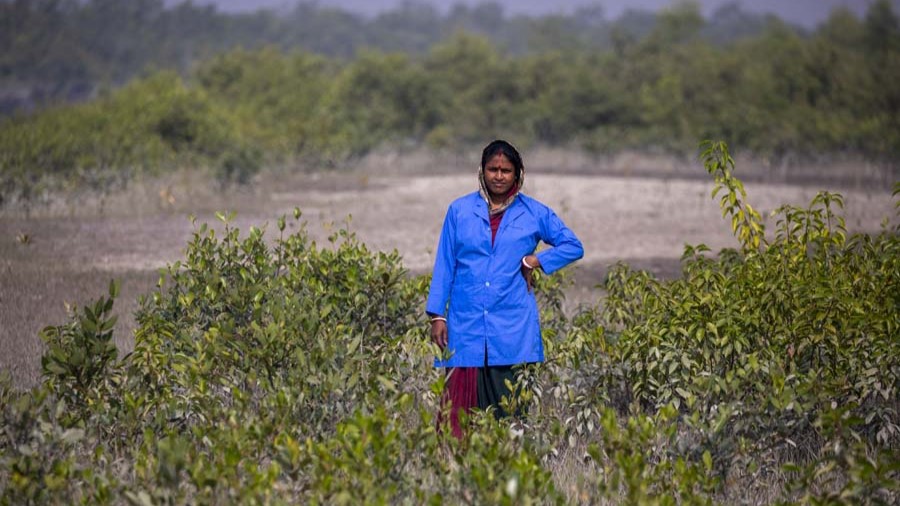
Conserving Mangroves, Thriving Coasts
Before the mangrove plantation was created, the embankment area was destroyed by Cyclone Amphan. Fast forward to five years from then, and the plantation stood strong against Cyclone Remal. Therefore, proper conservation efforts in the region can alleviate the suffering of both nature and the local people of the region.
Friendship’s mangrove plantation was chosen as one of the 20 examples of Forest and Landscape Restoration (FLR) best practices in the Asia-Pacific region by the IUCN and UN Food and Agriculture Organization (FAO). As part of the Blue Carbon Challenge, Friendship has been selected as one of 12 promising organisations to advance the conservation and restoration of coastal and aquatic ecosystems. It was also featured in the first volume of RESTORE: Asia-Pacific Forest and Landscape Restoration Video Journal.
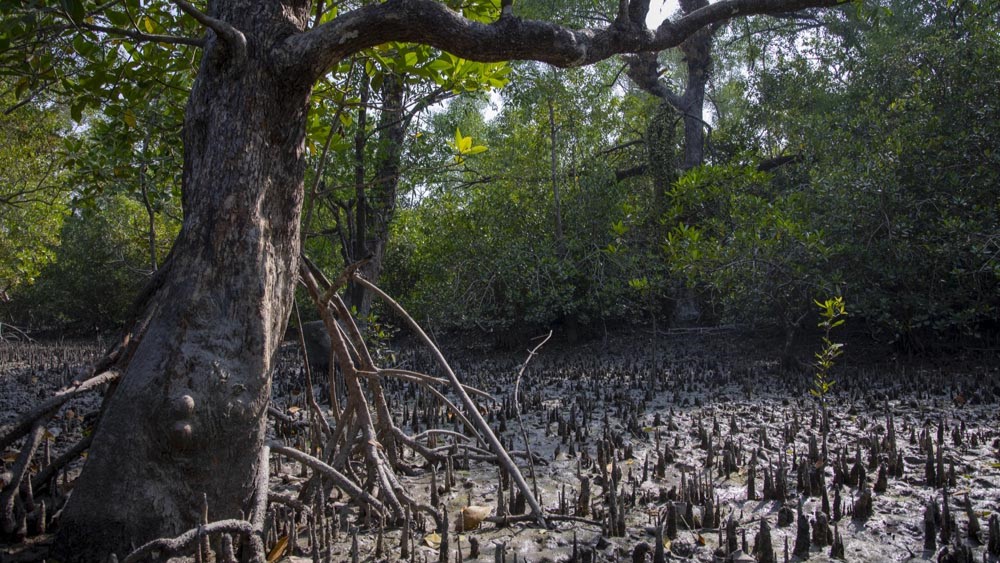
Sustained support is needed for the 12 million people and diverse wildlife depending on the Sundarbans. Friendship operates the Blue Mangrove Fund®, a high impact fund (unincorporated) where individuals and organisations can offset their carbon footprint by investing in Friendship’s mangroves plantation efforts in the great Sundarbans region.
Financial contributions are still open at bluemangrove.fund

